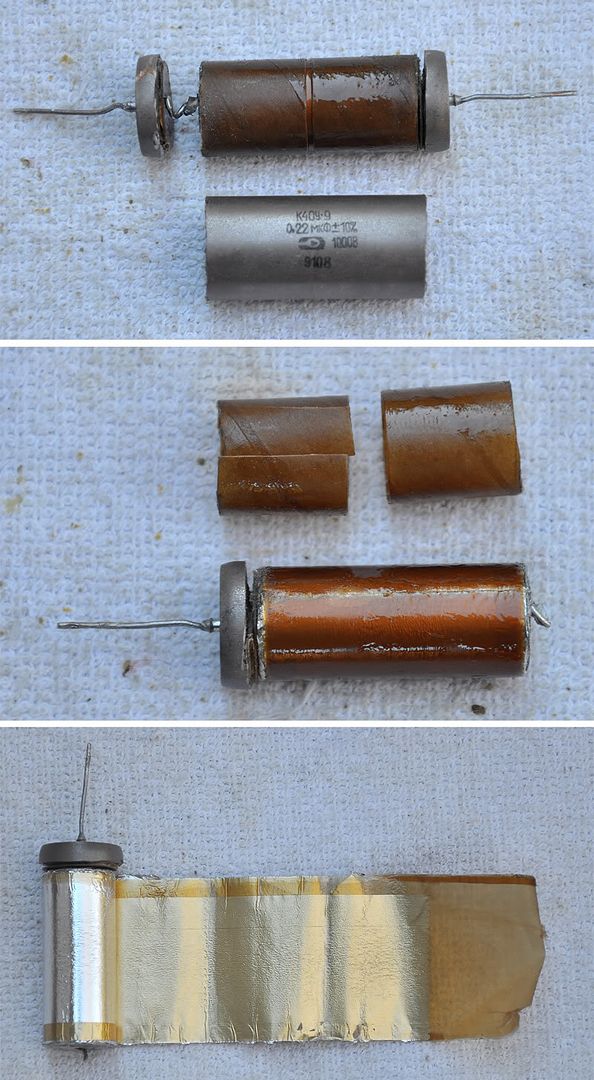So my Dynaco updates/mods have been going great so far. I've upgraded all the important parts (selenium rectifier diode, can cap, electrolytic caps, etc.) and just recently got around to replacing the input coupling capacitors with the Sprague orange drop 716P caps. I moved up the capacitance slightly based on recommendations from Bob Latino found on a forum... 0.22 uF to replace the 0.1 uF and 0.1uF to replace the 0.05 uF.
I'm noticing a slight but very noticable change to the sound in the high end. Seems greatly bumped up in the treble. More airy, raspy almost. And the focus and imaging that I remember the amp having prior to the change has become sort of diffuse and difficult to image well. Female voices and midrange realism seems to be down. Clarity overall has definitely improved, but I'm thinking "at what cost?"
Is this because of the capacitance change possibly, or just the type/newness of the replacements? Or do I just need to give them time and burn 'em in?
Any experiences/advice/tips on this? Thanks.
I'm noticing a slight but very noticable change to the sound in the high end. Seems greatly bumped up in the treble. More airy, raspy almost. And the focus and imaging that I remember the amp having prior to the change has become sort of diffuse and difficult to image well. Female voices and midrange realism seems to be down. Clarity overall has definitely improved, but I'm thinking "at what cost?"
Is this because of the capacitance change possibly, or just the type/newness of the replacements? Or do I just need to give them time and burn 'em in?
Any experiences/advice/tips on this? Thanks.


